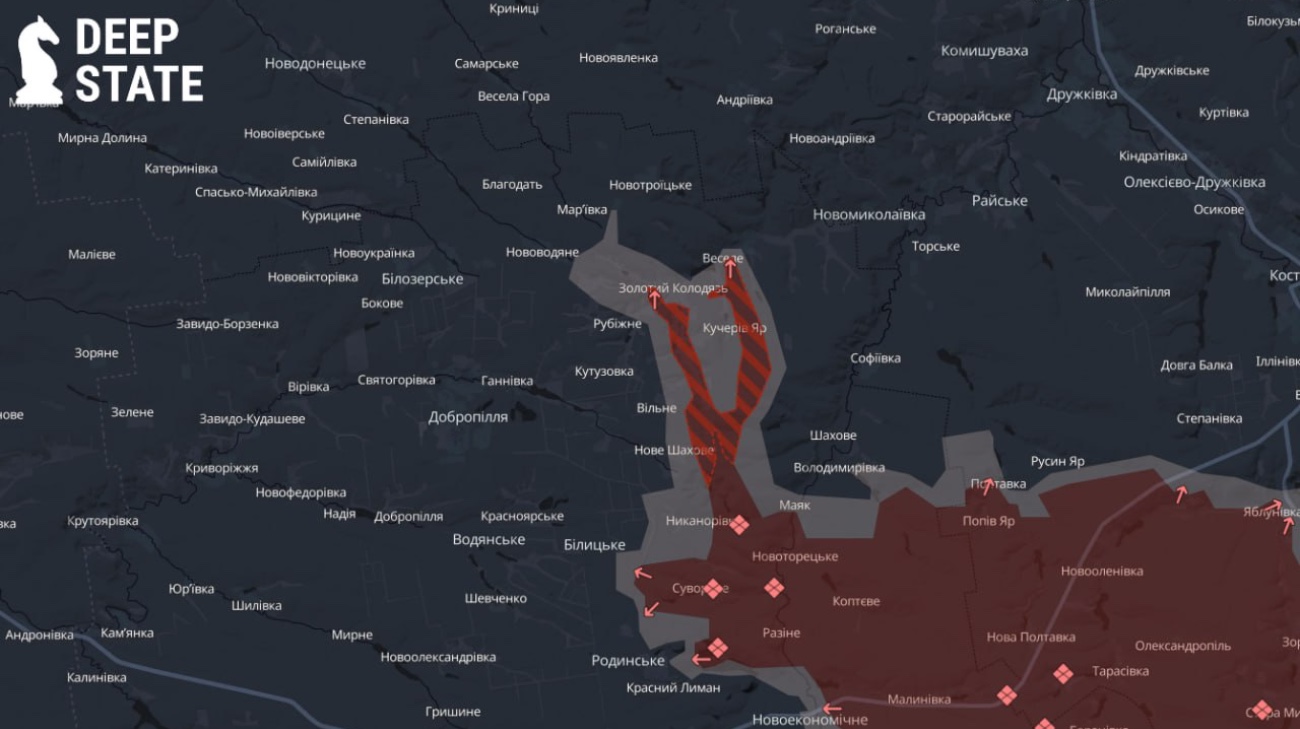New Phase of the Conflict: Russian Troops Advance Towards Strategic Routes in Donbas

Recent days in eastern Ukraine have seen a surge in activity by Russian forces, according to the analytical center DeepState.
The occupiers are advancing towards critical transportation corridors within Donbas, with efforts concentrated near the Drobpille – Kramatorsk highway, a vital regional artery.
Reports indicate that Russian units have entered several settlements, such as Kuzeriv Yar and Zolotoy Kolodjazh, intensifying efforts to build up forces for further offensive actions.
Specifically, from Kuzeriv Yar, Russian troops have advanced into Veselé village, where around twenty servicemen of the Russian Federation have been recorded in the past day.
Simultaneously, in areas around Novovodyane and Pervivka, Russian units are searching for vulnerabilities in Ukraine’s defensive lines to break through onto the main highway.
Experts suggest that the situation remains highly fluid and chaotic, as the enemy penetrates deep into defended territories, quickly establishing positions and rallying forces for subsequent advances.
Some military commanders and analysts believe there is confusion and misjudgment regarding the scale of the enemy’s intentions, while others emphasize the need for a coordinated strategic response.
In the region of Zolotoy Kolodjazh and neighboring settlements, new engineering fortifications have been erected, yet military specialists warn that the enemy can bypass these defenses and utilize them for their own purposes.
Experts caution that if Russian troops consolidate control over captured villages and intensify their offensive, the fall of Drobpille could happen faster than that of Pokrovsk, which is still holding its ground.
Currently, the enemy has predetermined objectives and actively pursues their execution, including full capture of key settlements and deployment of drone units to complicate logistics and control of surrounding areas.
If the current trend persists, Ukraine risks losing control over strategic regions much sooner than anticipated.

